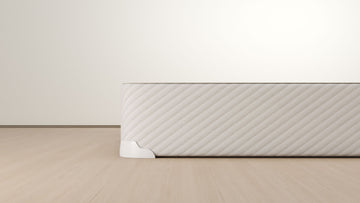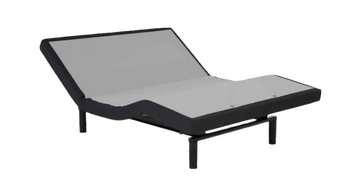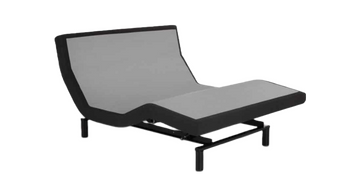After back or spinal surgery–such as spinal fusion, disc replacement, laminectomy, discectomy, and lumbar spine surgery— the road to recovery can be challenging at times. Although eager to finally feel pain free, healing your body post-surgery is a process. The treating physician and nursing staff will have presumably written discharge instructions and prescriptions, but there are other practical preparations that can be made to ease the transition from hospital to home. A big concern that people encounter–either before or after they return from the hospital– is finding the best way to get a good night’s sleep. In order to maximize the rest you receive, it’s important to plan ahead to avoid discomfort. To keep you on track to a successful recovery, we have a few tips from medical experts to ensure your sleep is as restorative and pain-free as possible.
Best position to sleep after back surgery
According to McGill’s Montreal Neurological Hospital, laying down will exert the least amount of pressure on your back. Talking to a physiotherapist will help you determine the most comfortable position for your body and post-surgical procedure. A firm mattress is the best sleep surface, and soft pillows will add support for your neck and legs (under knees.) According to Kaixuan Liu, MD, PhD, founder and president of Atlantic Spine Center, sleeping in any position that doesn’t cause back pain is recommended. Dr. Liu says, “Continuous, uninterrupted sleep is important for healing faster.”
Sleeping on your back
Although it might sound counterintuitive, back sleeping is a great sleeping position post back surgery. John’s Hopkins Orthopaedic Surgery recommends that if you lay on your back, slipping a pillow (or tightly rolled blanket) beneath your knees will help reduce any pressure. When sleeping on your back, try to avoid sleeping with your arms over your head because it will put stress on your shoulders and neck.












